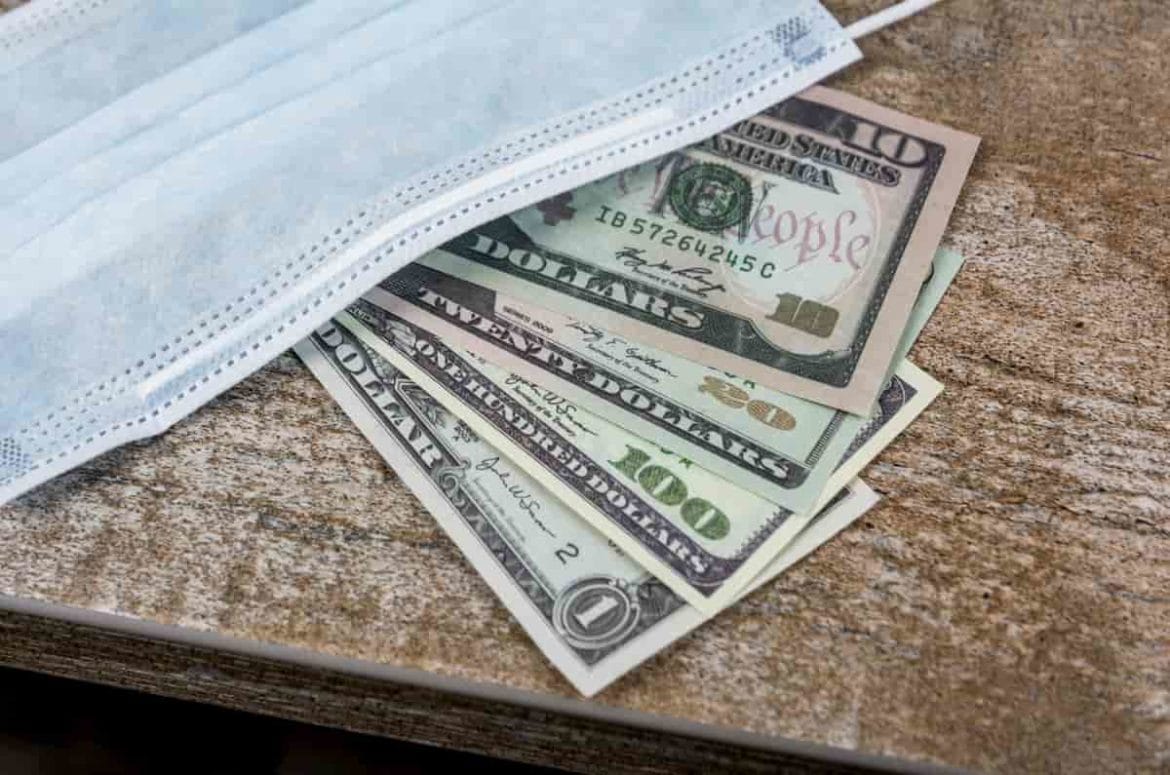
US personal saving rate rockets 4x as commercial banks deposits grow by 15% YTD
The coronavirus pandemic continues to shape the economy influencing how individuals save and spend money. In recent months, the United States’ saving rates have increased significantly, something tied to the uncertainty related to the pandemic.
Data gathered by Buy Shares shows that the United States’ saving rate skyrocketed by at least four times between January and April 2020. In January, the rate stood at 7.9% while in April, the rate was 33%. From the data, there was a notable spike in the rate from February when the figure was 8.2% and a month later, it hit 13.1% before the April high. Notably, the April rate was the highest ever since June 2015.
Before the 2020 spike, the highest rate was in December 2018 at 8.8%. On the other hand, the lowest rate was registered in December 2015 at 5.8%. Between June 2015 and December 2019, the rate remained fairly constant averaging at 7.2%.
The personal saving rate refers to the measurement of the amount of money, expressed as a percentage that an individual deducts from his disposable income for future consumption. The cash accumulated can be held as money or it can be put into investments like money market funds, personal individual retirement accounts, mutual funds, stocks, and bonds.
Notably, the personal saving rate increased in the wake of the coronavirus pandemic that led to economic turmoil. About 40 million Americans lost their jobs as employers reacted to the economic hardship caused by Covid-19. In this case, it can be assumed that most people resorted to increasing their savings due to the unpredictable future that came with economic uncertainty.
Commercial bank deposit skyrocket amid the pandemic
Buyshares.co.uk’s research also overviewed the United States commercial bank deposits between July 2015 and May 2020. The deposits skyrocket between January and May by 15.22%. In January, the figure stood at $13.3 trillion while in May it was $15.32 trillion. In March, the deposit increased to $13.85 trillion a percentage increase of 3.5%. By April, the growing amount in deposits kept growing to stand at $14.72 trillion.
From July 2015, the deposit has been undergoing an upward trajectory to grow by 42.58% by May this year. During the period under review, the lowest deposits held by US commercial banks were recorded in December 2015 at $10.92 trillion. The figure later grew to about $10.96 trillion in the first month of 2016.
Economic shutdown suppresses spending leading to high saving
The pandemic led to shutting down many businesses meaning that spending on outlets like restaurants was depressed. Restaurants turned to home delivery while hotels and motels remained closed due to inactivity. Furthermore, money was saved from healthcare services as non-emergency medical conditions were paused to focus on treating the Covid-19. Just like the previous economic crisis, individuals tend to be more conservative with their spending and savings.
Economic experts believe the forced saving due to the pandemic will play a key role in determining how the economy recovers. It is worth mentioning that saving in such circumstances means that the money is saved as opposed to being invested directly impacting interest rates. In the end, economic growth is suppressed while the recovery potential is weakened.
On the other hand, the commercial bank deposits also skyrocketed in the wake of the Covid-19 crisis. With more Americans losing their jobs, the government moved in by providing stimulus packages to the jobless. The millions who received the $1,200 check were depositing them translating directly to the increase in deposit numbers.
The saving and deposit will be swayed depending on the rate at which the economy reopens. The savings present a significant spending power for individuals who lost their jobs. Although the economy is yet to fully open, the savings and deposits will be used to sustain households in the coming months. It is worth mentioning that some states have begun reopening even as the stock market continues to rebound after witnessing historical lows.
